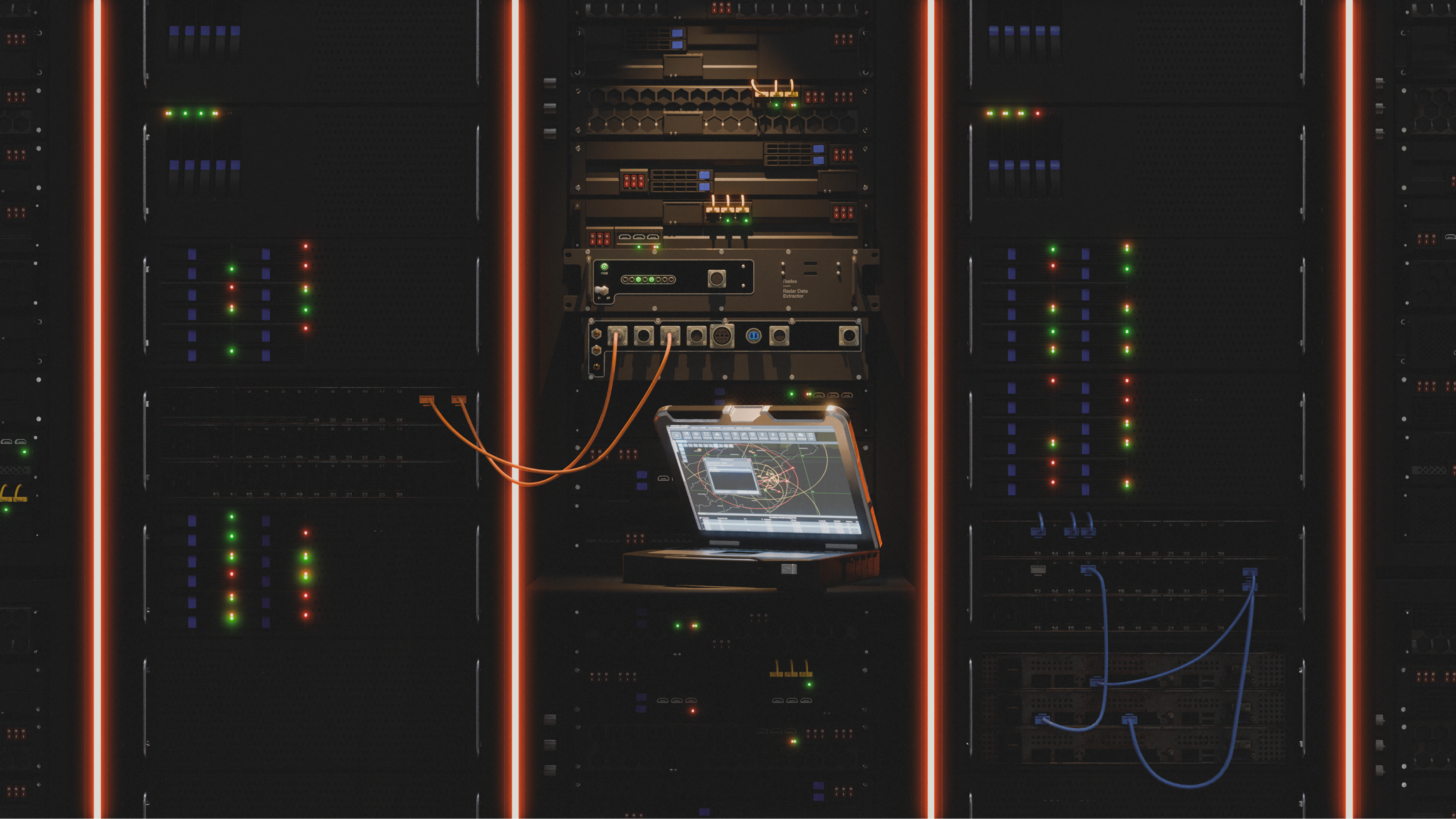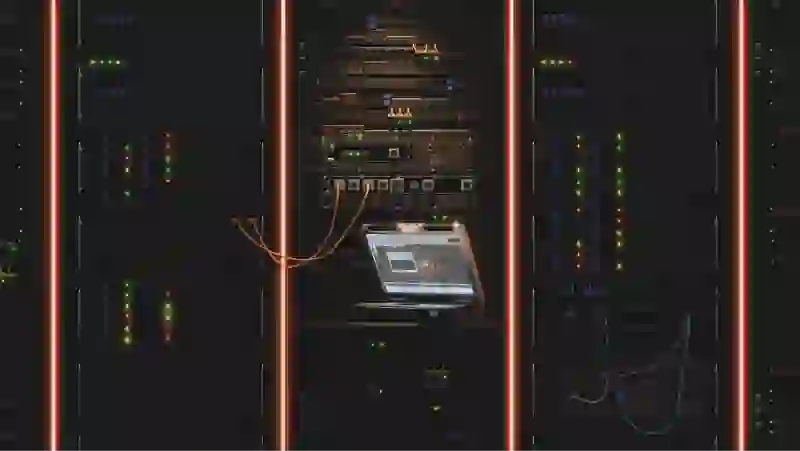
Radex
Airspace,
without fragmentation.
Radar Data Extractor
RADEX converts raw returns from mixed-generation surveillance radars into a single, digital track picture—ready for immediate display on local consoles and for fusion with data from other sensors at upper-tier command systems. As a cornerstone of national air-space digitization programs, it has been field-proven in continuous operation for more than a decade.
By turning heterogeneous sensor feeds into a coherent, shareable air picture, RADEX empowers air-traffic and air-defense operators to make faster, better-informed decisions—every mission, every flight path, every time.
Mobile-agent interfaces
Connects natively to modern primary/secondary tracking radars without rewriting host software, accelerating deployment at civil and defense sites.
Analogue track extraction
Digitizes legacy radar video to preserve coverage from facilities that have not yet transitioned to all-digital outputs.
Multi-radar correlation
Normalizes bearing, range, and identification data into a unified schema, eliminating silos and reducing false or duplicate tracks.
Real-time visualization
Presents consolidated plots on local radar consoles while simultaneously forwarding the same tracks to higher-level fusion services for situational awareness at command terminals.
Scalable, standards-aligned design
Modular software components run on COTS servers or virtualized environments, facilitating incremental roll-outs and long-term lifecycle support.
